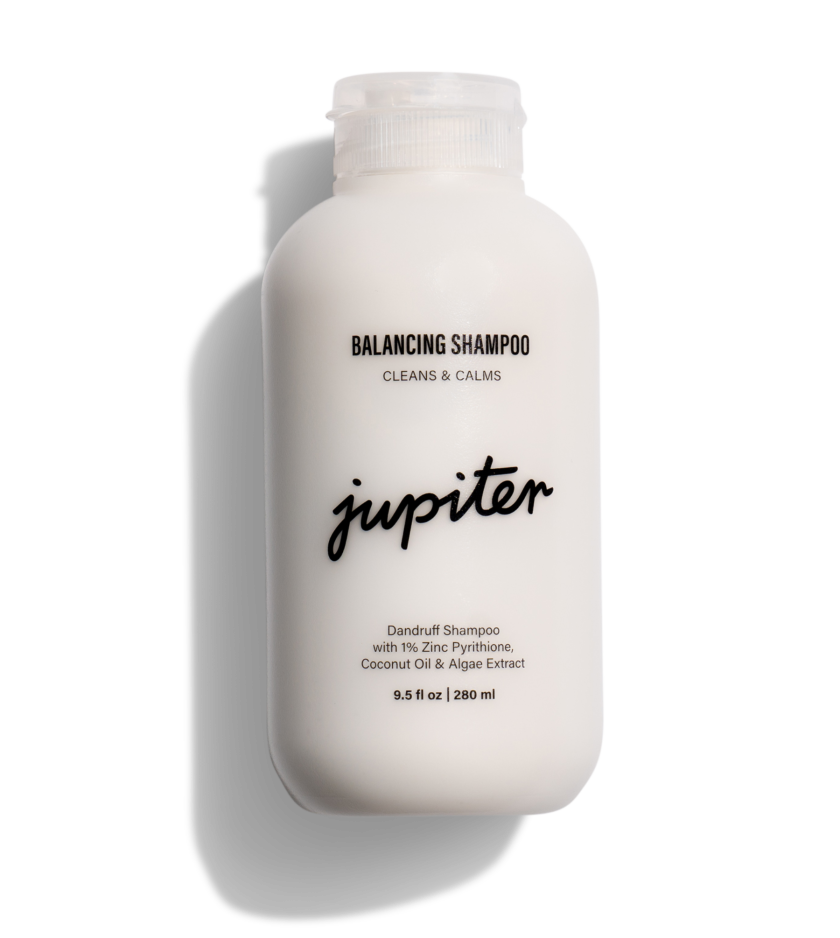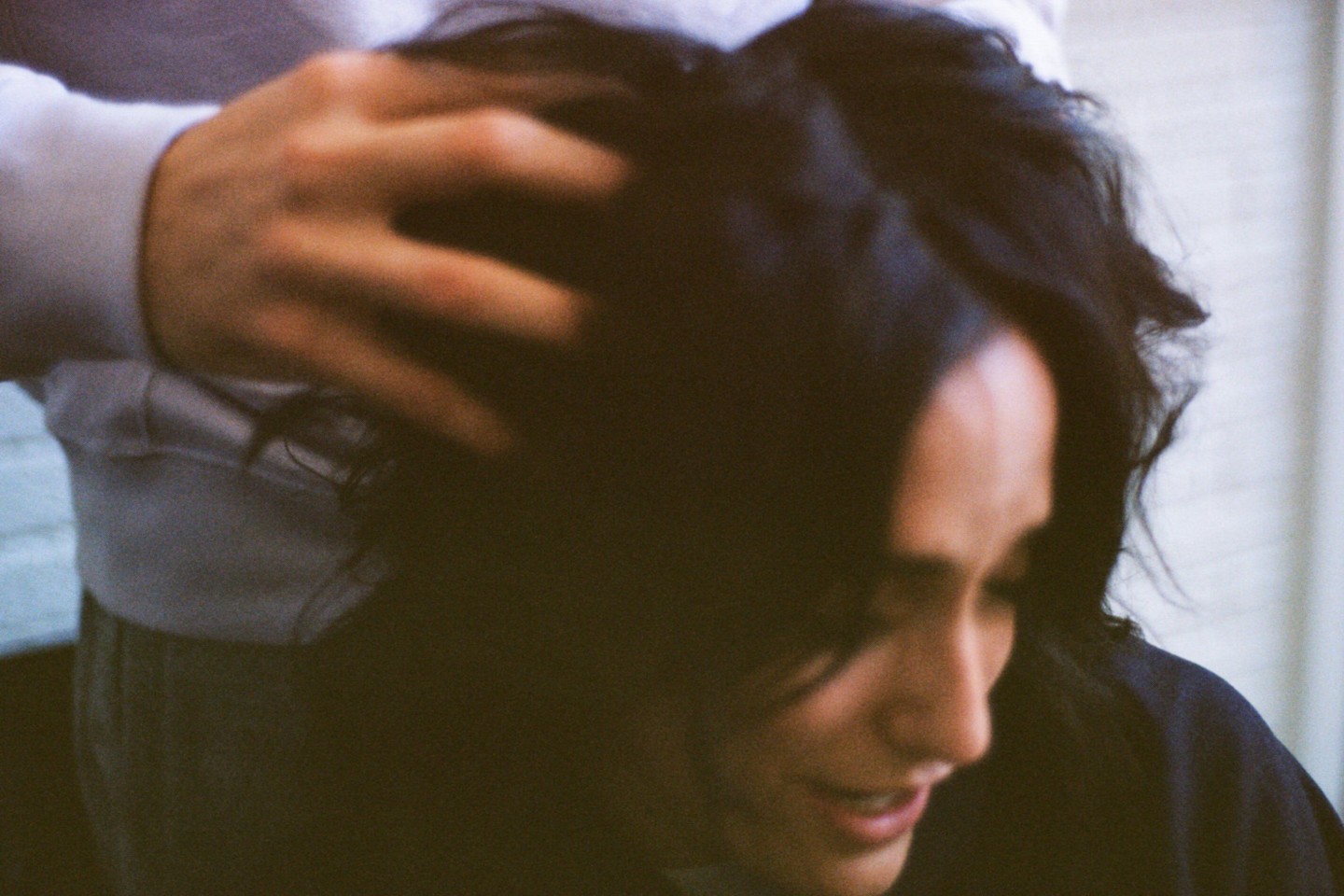#MakeMillionsMoreConfident with Strong Girls United
#MakeMillionsMoreConfident with Strong Girls United
Dandruff vs. Lice: Spot the Difference & Get Treatment
Itchy scalp? Mysterious specks in your hair? If you’re worried you have lice, we have two pieces of advice for you:
First, don’t panic. There’s a good chance you don't actually have a lice infestation - it's often a case of mistaken identity. And second, don’t worry! Even if you do have lice, it is very easy to remedy. In this article, we’ll break it down. Lice vs. dandruff: what’s the difference, and how can you identify each?
What are hair lice?
Lice are small parasitic insects that live in your hair and feed on human blood. They have six legs, and can’t fly or jump. They move easily from one person to another by direct body or head contact, or by hitching a ride on hats and pillowcases. In other words, lice are contagious. Most people have an allergic reaction to the saliva of lice which causes intense itching.
Contrary to what you might have heard, lice are not a sign of dirtiness or poor hair care. It's a common condition and anyone can get them - wherever you live and however clean you keep your hair. Lice don’t spread disease, and (beyond the itchiness) they can’t hurt you.
What do lice look like?
Hair lice can look very different, depending on their life stage. Adults have six legs, are the size of a sesame seed (at most), and are tan, white, or grey in color. These adult insects lay eggs. Lice eggs are called nits. A nit looks like a tiny, white speck that’s glued to the base of the hair shaft. After the nit hatches, it becomes a nymph - a young louse that’s usually tan-colored. It takes about a week for nymphs to grow into full adults.
It’s those eggs (aka nits) that cause confusion. They’re small white specks which may look similar to dandruff - but the differences are easy to spot if you know what to look for. We’ll get to that in a moment. But first, some background about dandruff.
Both dandruff and lice can cause scalp itching and small flakes or specks in your hair - but the similarities end there.
What is dandruff?
Dandruff is the flaking that results from irritation of your scalp. Dandruff symptoms may be linked to seborrheic dermatitis, psoriasis, dry scalp, and other skin conditions. These flakes are often visible in your hair or on your shoulders. It’s most common on your scalp, but dandruff can also crop up in your eyebrows, or anywhere on your body with hair. Dandruff is completely harmless.
The science of dandruff isn’t fully understood, but it seems to be related to the presence of Malassezia. Malassezia is a type of yeast that lives on your scalp and consumes skin oil. This can cause irritation and skin overgrowth in some people. Those skin cells then flake off in large clusters, causing the familiar dandruff flakes.
Dandruff or lice: how to tell the difference
Both dandruff and lice can cause scalp itching and small flakes or specks in your hair - but the similarities end there. Here are three key differences Both dandruff and lice can cause scalp itching and small, white flakes or specks in your hair - but the similarities end there. Here are three key differences to look for if you’re trying to determine whether you have dandruff or lice symptoms:
Nits stick to your hair. When lice lay eggs, those eggs are glued to your hair shaft. They’ll be hard to break free, unlike dandruff which flakes away easily.
Lice are colorful: While dandruff is generally white, lice can be tan, yellow, or brown in color.
Dandruff doesn’t move. If you see something crawling through your hair, that is not dandruff!
Dandruff vs. Lice: Fast Facts
Dandruff:
Scaly or oily scalp
Lice:
Contagious
Sticks to hair shaft
Tan, yellow, or brown specks
Dandruff & Lice
Scalp itching
White specks
How to treat lice
Hair lice are easy to treat with special, medicated shampoos. These shampoos are available over-the-counter, and usually contain Permethrin - a compound that kills lice but is safe for humans.
To begin head lice treatment, you’ll wash your hair thoroughly with one of these shampoos. Then you have to comb through your hair with a special, fine-toothed lice comb. This breaks the nits off your hair and stops their life cycle. This step is very important, because the shampoo only kills adult lice.
You may need to do a second application of lice shampoo and comb through your hair again after a week or so, as some lice may escape the first round of treatment.
How to get rid of dandruff
Because dandruff is often caused by yeast overgrowth, the most common treatments are scientifically-formulated shampoos. Dandruff shampoos typically contain an antifungal agent, commonly Zinc Pyrithione, that suppresses the growth of Malassezia. This, in turn, brings down your scalp irritation and helps to end the itching and flaking.
At Jupiter, our Balancing Shampoo is formulated with a smart blend of Zinc Pyrithione to treat flaking and a host of feel-good ingredients that moisturize and gently clean your hair of excess oil. Learn more here

Meet our head honcho. This soothing multi-tasker gets to the root of flaking and irritation, thanks to our star active ingredient, Zinc Pyrithione. Backed by a lush aroma of mint, vanilla, rosemary, sage, tangerine, and lavender, it’s bound to elevate your mood, and your shower.

































